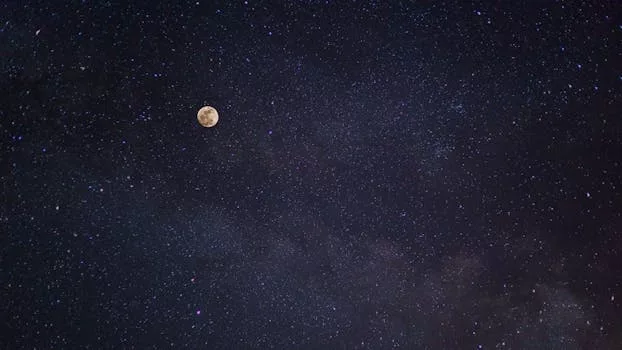
“
From Stardust to Dreams: Imagining Life Beyond the Stars
Introduction to the Cosmos
From Stardust to Dreams: Imagining Life Beyond the Stars is a journey that begins with the formation of our universe. The cosmic landscape is vast and wondrous, filled with stars, galaxies, and mysteries waiting to be unraveled. As we gaze up at the night sky, we are reminded of the infinite possibilities that lie beyond our planet.
The universe is estimated to be around 13.8 billion years old, with its origins tracing back to the Big Bang. This cataclysmic event marked the beginning of space and time as we know it. Over billions of years, the universe has evolved, with matter condensing into the first stars and galaxies. These early stars played a crucial role in forging the heavy elements necessary for life as we know it. For a deeper exploration of these concepts, check out Beyond the Milky Way: Imagining New Worlds and Possibilities.
Stars: The Birthplaces of Life
Stars are the birthplaces of life. They are the furnaces where elements are created, and their life cycles determine the fate of planets. The formation of stars is a complex process, involving the collapse of giant molecular clouds under gravity. As these clouds collapse, they begin to spin faster and faster, flattening into disks with the star at their centers.
Our Sun is just one of billions of stars in the Milky Way galaxy. It is a stable star, providing the perfect conditions for life to thrive on Earth. However, the lifespan of a star is finite. Stars like our Sun will eventually exhaust their fuel and expand into red giants, potentially engulfing nearby planets. The remnants of these stars can form white dwarfs, neutron stars, or even black holes, each with its own unique properties and potential for supporting life. To learn more about the imaginative aspects of our universe, read Galaxies of Dreams: How Imagination Transcends the Night Sky.
Imagining Life Beyond the Stars
The possibility of life beyond Earth is a tantalizing one. As we explore the universe, we find numerous exoplanets, some of which orbit within the habitable zones of their respective stars. The habitable zone, also known as the Goldilocks zone, is the region around a star where temperatures are just right for liquid water to exist on a planet’s surface.
Water is essential for life as we know it, and its presence on other planets is a key indicator of potential habitability. However, the conditions necessary for life are diverse and can exist in forms beyond our current understanding. The search for extraterrestrial life is an active area of research, with scientists using a variety of methods to detect biosignatures, such as the presence of oxygen, methane, or other biomarkers in the atmospheres of distant planets. For more on the creative possibilities that lie in the cosmos, explore Soaring Through the Cosmos: The Power of Imagination Beyond the Stars.
Conclusion and Takeaways
From stardust to dreams, our journey through the cosmos is a reminder of the awe-inspiring complexity and beauty of the universe. As we continue to explore and understand the workings of the cosmos, we are drawn to the profound question of whether we are alone in the universe.
Takeaways from our cosmic journey include the realization that life is inherently connected to the stars and the elements they forge. The possibility of life existing elsewhere in the universe is a compelling one, encouraging us to continue our search for answers. Lastly, the study of the cosmos reminds us of our place within the grand scheme of the universe, fostering a deeper appreciation for the beauty and fragility of life on Earth.




